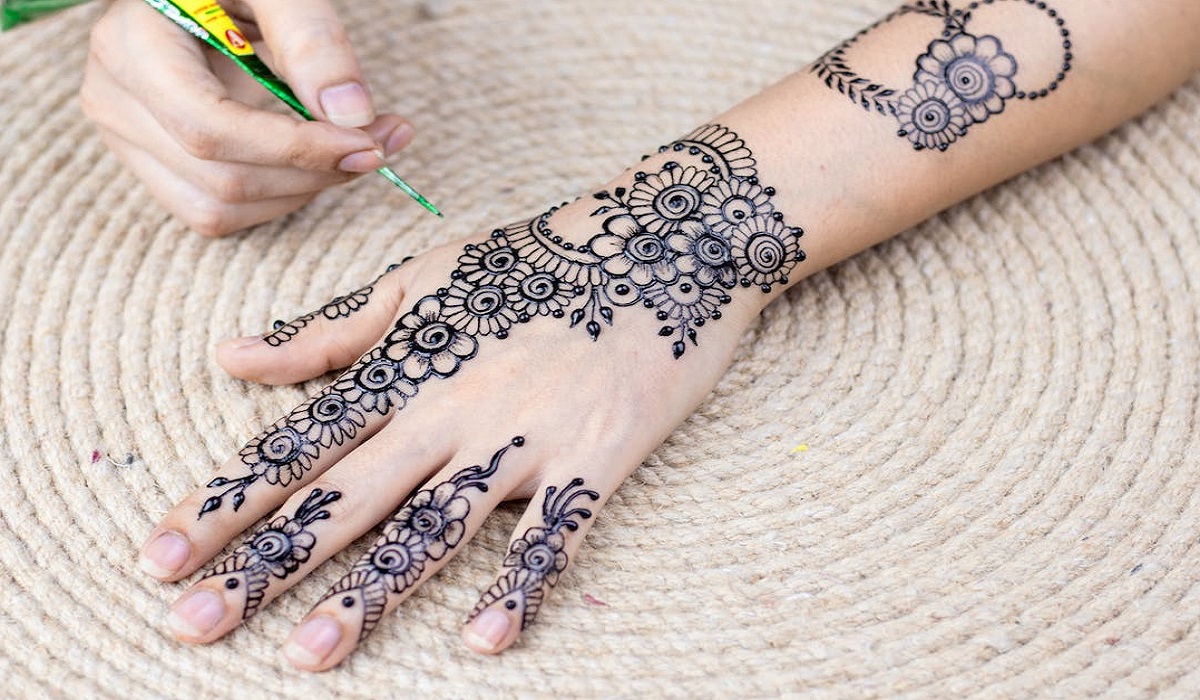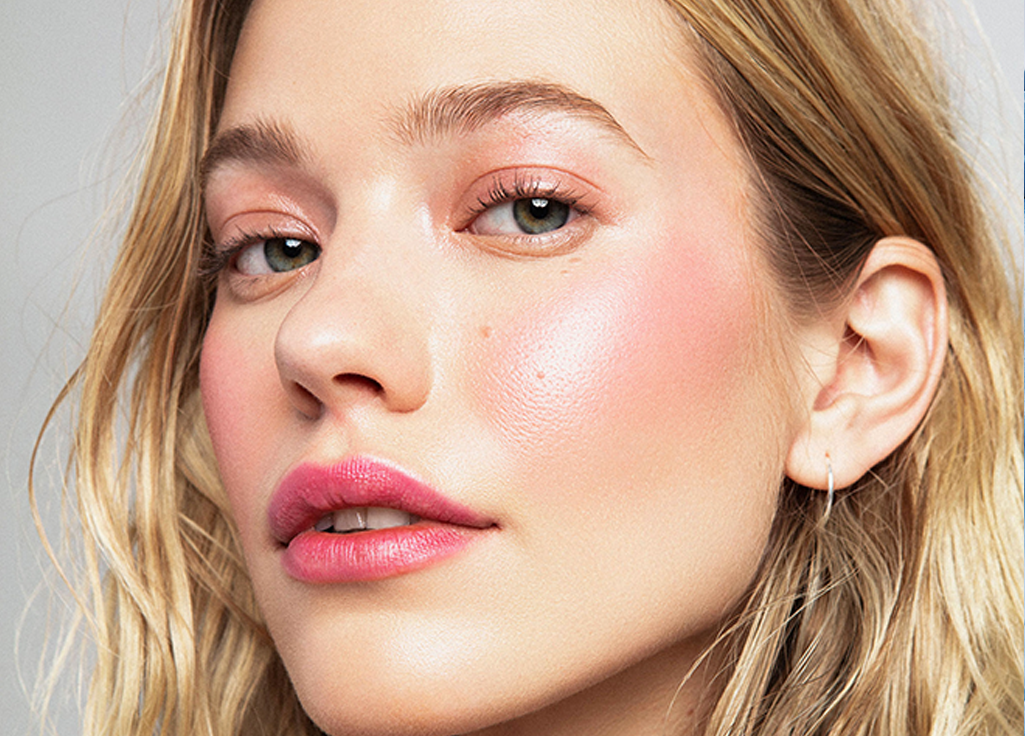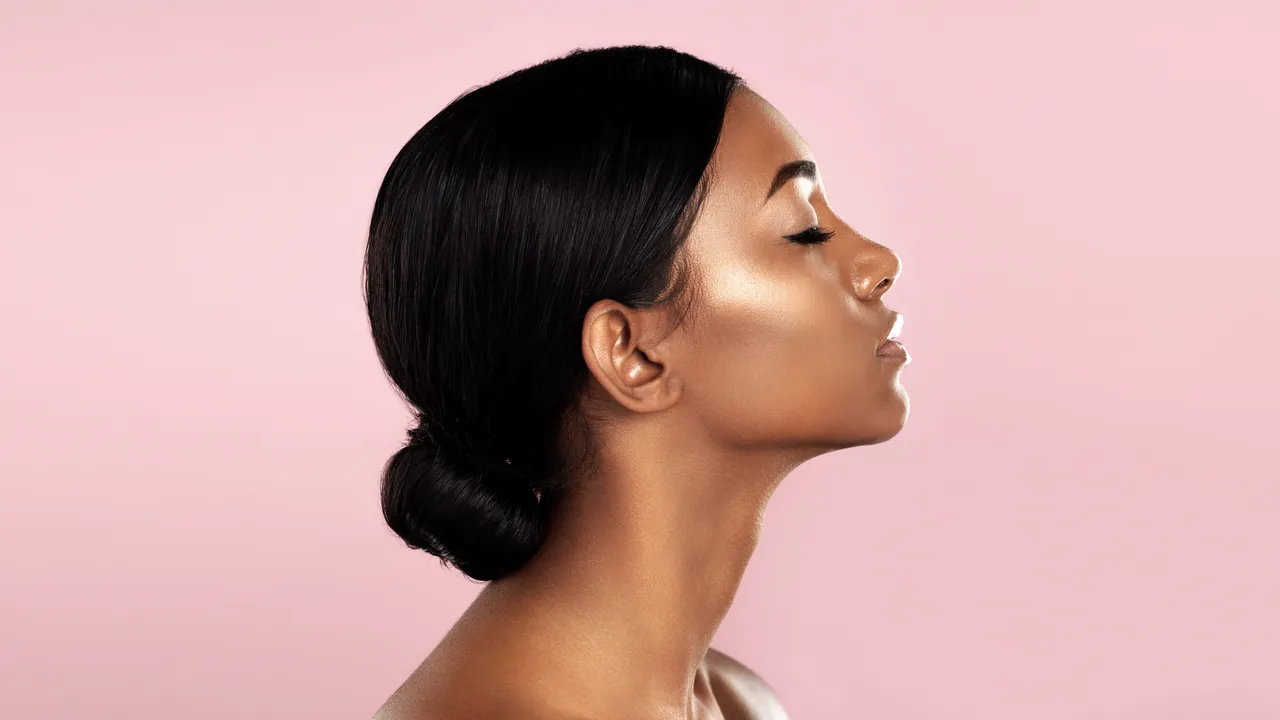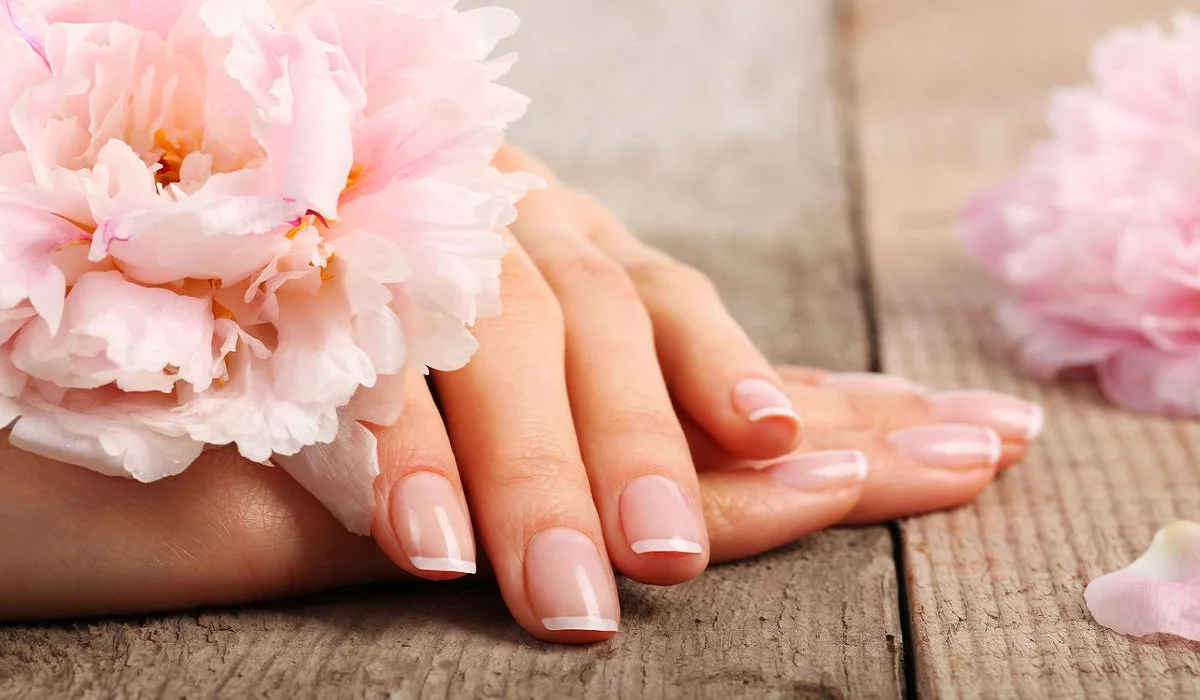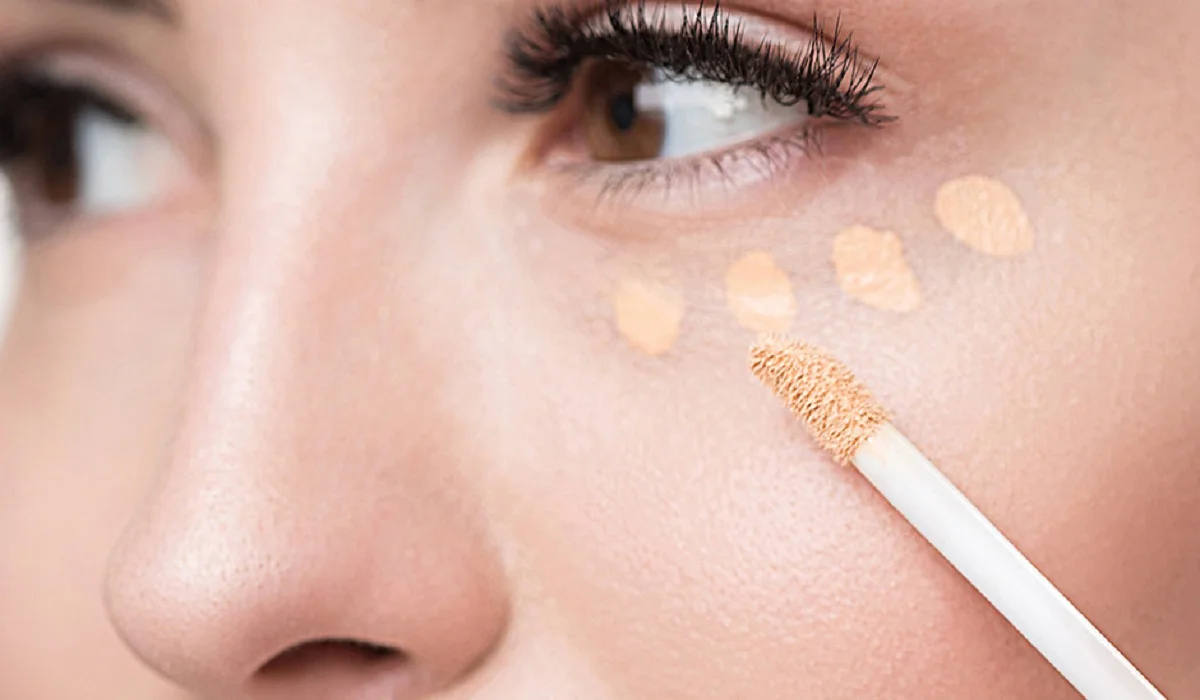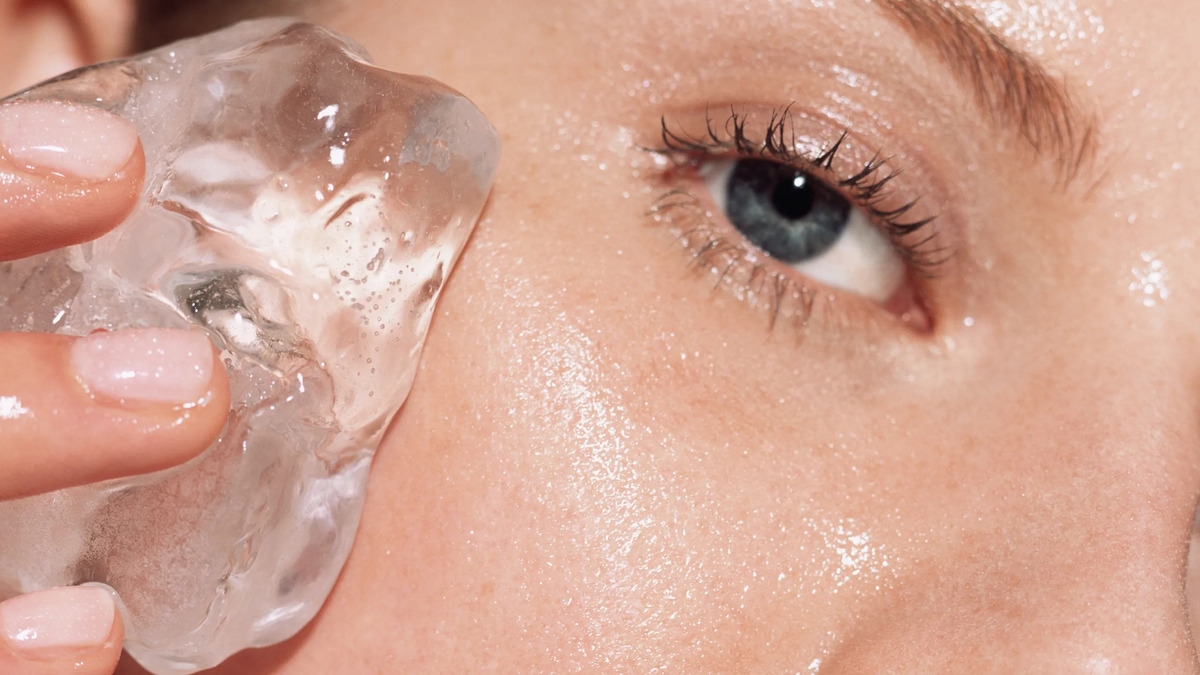Transforming your lashes with an eyelash curler can dramatically enhance your look, creating an illusion of wider, more vibrant eyes that captivate and allure. While the prospect of using an eyelash curler may seem intimidating to some, this guide is designed to demystify the process, guiding you to safely and effectively achieve the perfect lash curl.
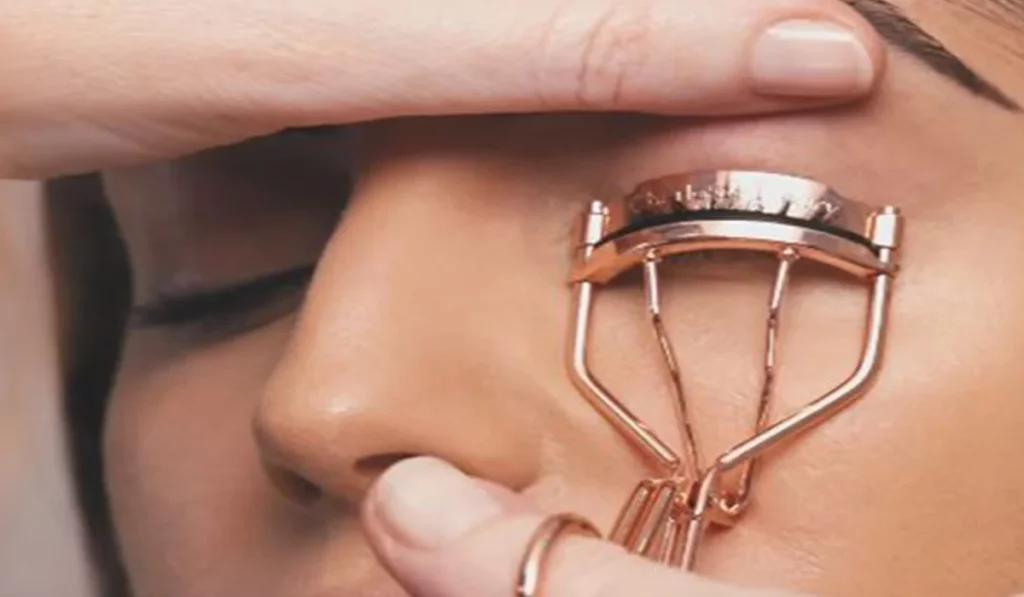
Understanding Eyelash Curlers: A Primer
Diverse Eyelash Curler Options
The realm of eyelash curlers is filled with options to suit every need. The traditional manual curler, known for its simplicity and effectiveness, stands as the go-to choice. For those in pursuit of a more enduring curl, heated eyelash curlers gently warm lashes into shape. Precision curlers, on the other hand, are engineered to meticulously curl lashes at the eye’s corners or shorter lashes with exactitude.
Lash Preparation: The Foundation for Curling
Ensuring Lashes are Clean and Dry
The cornerstone of a successful curl lies in beginning with lashes that are both clean and dry. Residues from makeup or oils can impede the curling process. A gentle cleanse followed by careful drying not only primes your lashes but also safeguards them against potential damage inflicted by the curler.
The Mascara Dilemma: Before or After Curling?
A common query revolves around the optimal timing for mascara application relative to curling. Applying mascara before curling can result in clumped lashes and potential damage, as the wet mascara may cause the curler to adhere to the lashes. It is advisable, therefore, to first curl your lashes and subsequently apply mascara, thus enhancing and preserving the curl.
Mastering the Eyelash Curler: A Step-by-Step Tutorial
Choosing the Ideal Curler
Selecting an eyelash curler that complements your eye shape and lash length is critical. Wide-eyed individuals might favor a broader curler, while those with smaller eyes might find a narrower one more fitting. A flatter curve is often recommended for those with straighter lashes.
Executing the Perfect Curl
- Curler Positioning: Open the curler and gently encase your lashes between the pads, aiming to get as close to the lash base as possible without pinching your skin.
- The Curling Action: With a gentle pressure, squeeze the curler for approximately 10-20 seconds, ensuring you do not pull or tug to avoid lash loss.
- Maintaining the Curl: Slowly release the curler to unveil a gorgeously curled lash.
Enhancing Curl Longevity
Employing heating techniques, such as a lightly warmed hairdryer on the curler (testing to ensure it’s not excessively hot), can significantly bolster the curl’s endurance. Alternatively, specialized heated curlers offer a secure way to achieve a more pronounced, lasting curl.
Navigating Common Pitfalls
Steer clear of over-curling to avoid lashes that look unnaturally bent or risking lash damage. Regularly cleaning your curler to remove any mascara residue is also essential to prevent lash sticking and pulling.
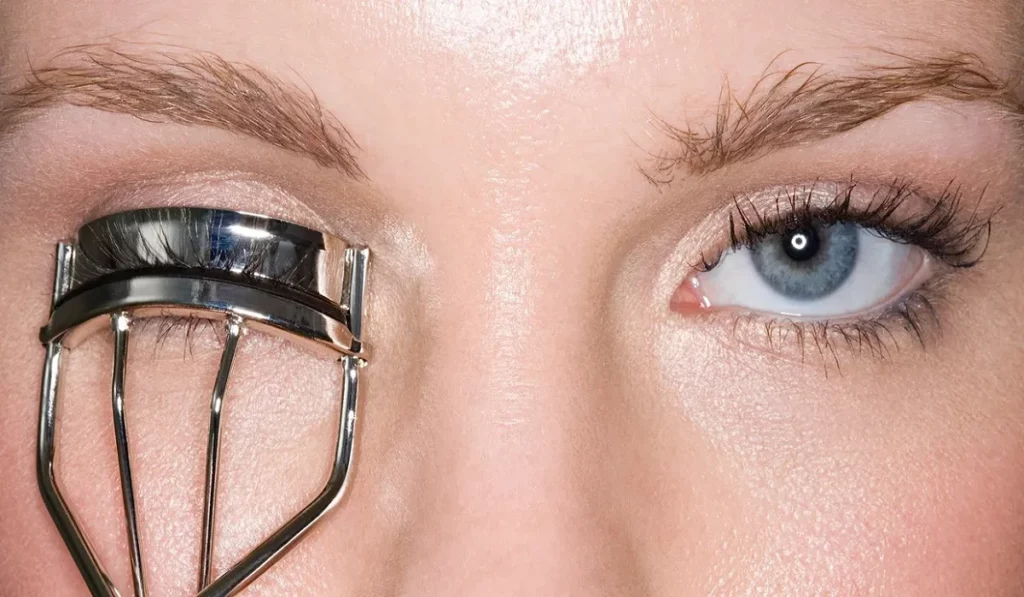
Eyelash Curler Upkeep
Recognizing When to Replace Your Curler
Regularly inspect your curler for wear signs, like damaged pads or diminished tension, and replace as necessary to maintain effectiveness and safety.
Maintaining a Clean Curler
Frequent cleaning with a gentle soap and thorough drying are paramount to prevent bacterial accumulation and ensure optimal performance.
Exploring Advanced Techniques
Experimenting with varying curl intensities, from a subtle uplift to a dramatic curl, and utilizing additional tools like eyelash combs can refine your results for a flawless look.
- Duration: Aim for a 10-20 second hold, adjusting as needed for heated curlers.
- Eyelash Extensions: Traditional curlers are generally not recommended for extensions. Seek advice from a lash technician for suitable alternatives.
- Safety with Heated Curlers: Ensure the curler is comfortably warm, not hot, to prevent burns.
- Pad Replacement: Change the pad every 3-6 months or upon noticing wear.
- Potential Damage from Over-Curling: Use the correct technique and avoid excessive curling to prevent lash damage.
- Mascara Application Timing: Curl lashes before applying mascara to prevent clumps and curler damage.
With diligent practice and adherence to the right techniques, mastering the eyelash curler can significantly enhance your makeup routine, drawing attention to your eyes with a natural, captivating allure. Perfect curls are within reach, ensuring your gaze remains compellingly beautiful.

